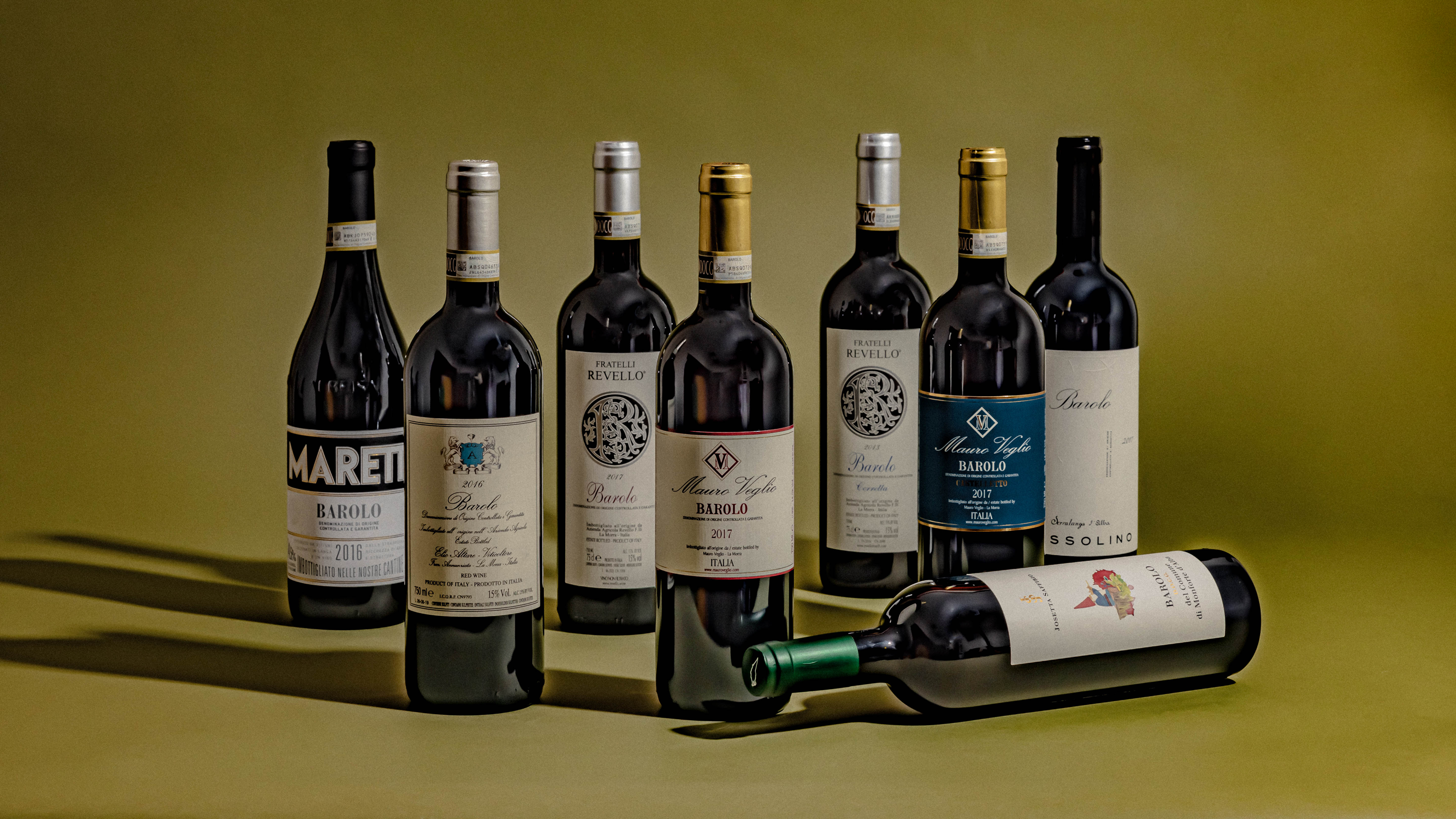Gentle Guide - Barolo

The Holy Grail Of Nebbiolo
Barolo is a small town just south of Alba, in the Northern Italian region of Piedmont. The name also encompasses the larger commune around the town, and both give their name to the style of wine.
Barolo was one of the first regions to be declared Denominazione di Origine Controllata e Garantita or DOCG, (the highest quality level in Italian wine law) in 1980. Under the DOCG laws, Barolo must be aged for a minimum of 36 months before release (with 18 of those in oak), if it is labelled ‘Riserva’ the same applies but increases to 62 months.
Wine For Kings and Queens
The only grape permitted in Barolo wine is Nebbiolo, a thin-skinned, late ripening variety that is indigenous to the region. Nebbiolo is all about perfume and structure, and the saying goes that good Barolo smells like ‘tar & roses’. Delicious if you think about it.
It produces fragrant, powerful wines with huge ageing potential, due to the high acidity and well-structured tannins of the Nebbiolo grape. If you are into flavours such as truffle, dried rose petal, liquorice, cherry, earth and cacao, Barolo might just be your jam…
“Fragrant, powerful wines with huge ageing potential, due to the high acidity and well-structured tannins.”

The Communes Of Barolo
The Barolo region itself is relatively small, (just over 8km at its widest point and 11km north to south), housing 11 smaller communes within. These communes each have unique variations in geography, soil, climate and altitude.
La Morra and Barolo are the two main communes in the western part of the region, also known as the Central valley. The soils are Tortonian – a fertile, compact, calcareous marl that produces graceful wines with more florals and fruit.
The Serralunga valley to the east has Helvetian soils which are heavy in sandstone and sand, producing structured bold wines with high tannins. Within this region you will find the very famous communes of Castiglione Falleto, Serralunga d’Alba and Monforte d’Alba.
La Morra and Barolo are the two main communes in the western part of the region, also known as the Central valley. The soils are Tortonian – a fertile, compact, calcareous marl that produces graceful wines with more florals and fruit.
The Serralunga valley to the east has Helvetian soils which are heavy in sandstone and sand, producing structured bold wines with high tannins. Within this region you will find the very famous communes of Castiglione Falleto, Serralunga d’Alba and Monforte d’Alba.
